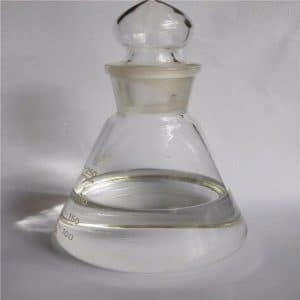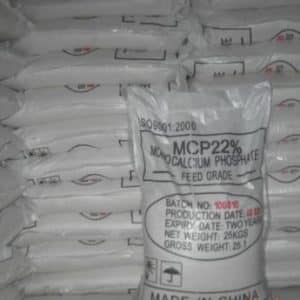Description
Okay, here’s an article based on the topic “Glutaraldehyde 50% Industrial Grade (With or Without Formaldehyde Available)”, focusing on informing a general audience while maintaining accuracy:
The Workhorse Disinfectant: Understanding Glutaraldehyde 50% Industrial Grade
In the world of industrial sanitation and chemical processes, certain compounds play a critical, yet often unseen, role. One such compound is glutaraldehyde, particularly in its 50% industrial grade form. This chemical, often available with or without the addition of formaldehyde, is a powerful tool with a wide range of applications. But what exactly is it, and why is it so important?
What is Glutaraldehyde?
Glutaraldehyde is a chemical compound that falls under the family of aldehydes. In its 50% industrial grade form, it is a highly concentrated aqueous solution, meaning it is dissolved in water. This concentration is significant because it allows for potent effects in relatively small volumes.
Why the “Industrial Grade”?
The term “industrial grade” differentiates this form of glutaraldehyde from its medical-grade counterparts. Industrial grades are optimized for large-scale applications and are generally less purified than those used in healthcare. This doesn’t mean it’s less effective; rather, it’s tailored for the needs of industrial processes where cost-effectiveness and large-volume usage are crucial.
Key Uses of Glutaraldehyde 50% Industrial Grade:
This powerful chemical has a diverse range of applications, primarily due to its potent antimicrobial properties. Here are some key uses:
Disinfectant and Sterilant: Glutaraldehyde is a highly effective disinfectant and sterilant, capable of killing bacteria, viruses, fungi, and spores. This makes it invaluable in industries like:
Oil & Gas: Controlling microbial growth in pipelines and drilling fluids, preventing corrosion and biofouling.
Water Treatment: Disinfecting industrial water systems, preventing the spread of harmful microorganisms.
Industrial Cleaning: General disinfection in various industrial settings, including food processing plants.
Leather Tanning: Glutaraldehyde can be used in the leather tanning process to stabilize collagen and improve the quality of the final product.
Textile Processing: It can act as a cross-linking agent, improving the durability and wrinkle resistance of fabrics.
Photography: In some specialized photographic processes, glutaraldehyde can be used as a hardening agent.
Histology: In biological laboratories, glutaraldehyde serves as a fixative, preserving tissue samples for microscopic examination.
The Formaldehyde Factor: With or Without?
Some formulations of glutaraldehyde 50% industrial grade include formaldehyde as an additive. Formaldehyde is another potent antimicrobial agent and can enhance the effectiveness of the glutaraldehyde solution, particularly in applications requiring rapid disinfection.
However, the presence of formaldehyde also comes with added concerns. It is a known human carcinogen and respiratory irritant, requiring careful handling and appropriate safety measures. Therefore, the choice of using a glutaraldehyde solution with or without formaldehyde depends heavily on the specific application and the user’s safety protocols.
Safety Considerations:
While glutaraldehyde is a valuable tool, it is essential to understand its potential risks and safety precautions:
Skin and Respiratory Irritant: Glutaraldehyde is a potent irritant. Direct contact with the skin or inhalation of vapors can lead to severe irritation, burns, and respiratory problems.
Eye Damage: Contact with the eyes can cause serious and potentially permanent damage.
Personal Protective Equipment (PPE): When handling glutaraldehyde, it is crucial to wear appropriate PPE, including gloves, eye protection, and respiratory protection in enclosed or poorly ventilated areas.
Proper Ventilation: Adequate ventilation is critical to prevent the buildup of irritating vapors.
Storage: Glutaraldehyde solutions should be stored in well-ventilated areas, away from incompatible materials.
Disposal: Dispose of used solutions following local regulations and guidelines for hazardous waste.
Conclusion:
Glutaraldehyde 50% industrial grade is a powerful and versatile chemical compound with a critical role in various industries. Its antimicrobial properties make it invaluable for disinfection, and its cross-linking capabilities enable advancements in fields like tanning and textiles. However, its potency also highlights the need for careful handling, strict adherence to safety protocols, and a thorough understanding of its potential risks. Choosing between formulations with or without formaldehyde requires careful consideration of the application and safety measures in place. By being aware of the benefits and dangers, users can harness the power of glutaraldehyde safely and effectively.







Reviews
There are no reviews yet.